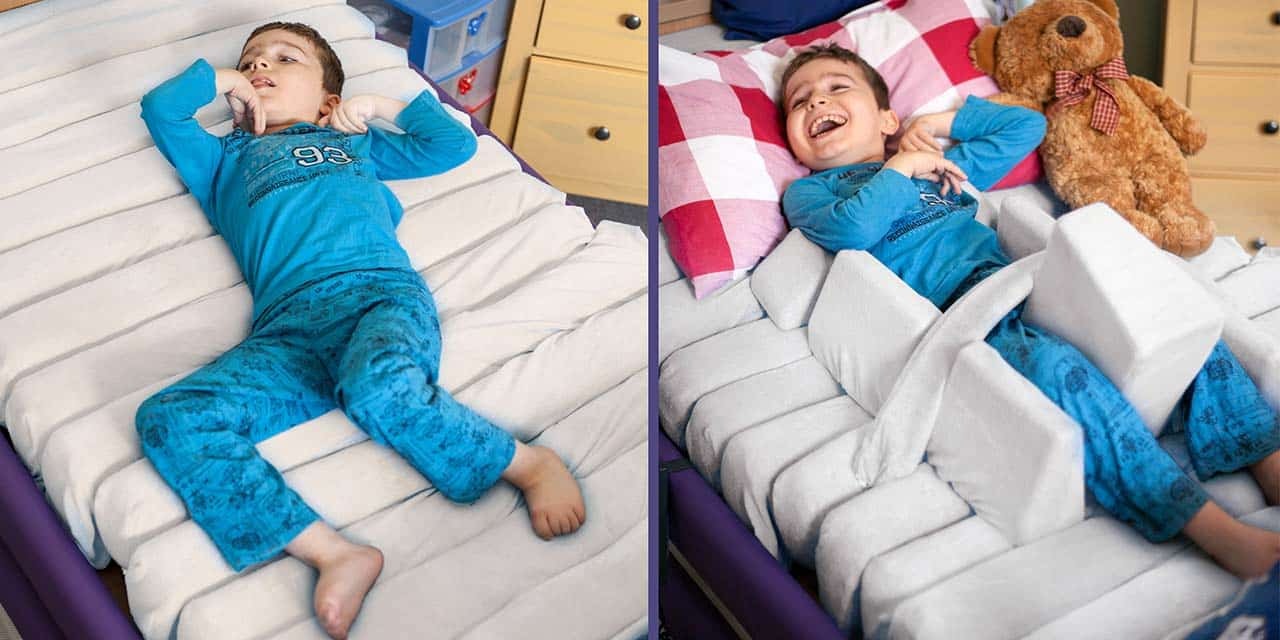Behind the Science that Heals
The Euterpe Method is an intensive type of music therapy used to treat a number of conditions. In this article, we’ll cover how it works, why it works, and who it works for.
The Euterpe Method is much more familiar to us than its name implies. At its core, the Euterpe Method is a type of music therapy primarily geared towards children with developmental disorders. It was created during a research program conducted in a pediatric hospital in Italy.
It was named after one of the nine Muses of Greek mythology known as the protector of music, and translates to “she who gives joy.” The creators say that they were also thinking about how the approach could be customized to an individual’s needs in addition to the music therapist and medical team.
The Euterpe Method may initially seem complicated, but it’s easy to break it down into these intuitive aspects, as defined upon its creation:
Personalized Therapeutic Compositions, or PTCs, constitute the core of Euterpe Method therapy. It combines music and CSI (compositional sound interventions) along with therapeutic activities. They can be defined as a series of processes of sound stimuli adapted to what a patient needs during therapy. Typically, they are formatted as a “coming and going of sound,” on and off, so that the patient can distinguish before the sound and after it.
EM sessions are conducted in what the practitioners call the "Synesthesia Room.” These rooms are equipped with instruments and other equipment, and are usually free of outside sound so that it doesn’t interfere with the music therapist’s work. The other reason patients might require a specific room is so that it’s big enough to be stocked with many different types of compositions and activities, so that if the patient’s sensory needs change suddenly, the doctors have the space and materials to accommodate them. This is referred to as “Mobile Architecture.”
Music therapists may need a range of devices to manage the sounds that a patient needs. While the specific materials may differ depending on who’s conducting the EM, these are some of the most common tools.

The Euterpe Method is done in four parts: hospital based, the active procedure, receptive protocol, and telerehabilitation.
In this part of the process, physicians and the musical therapist work together, looking at the patient’s history to determine the goals of the treatment.
This part of the process constitutes the bulk of the treatment in the Synesthesia Room (SR), and is carried out by a certified music therapist and a co-therapist. In preparation for the initial session, the music therapist will determine sounds that would best suit the work done in the sessions, such as sounds from the family, sounds the patient is familiar with, sounds they dislike, electronic noise, live music, and more. They also prepare videos, pictures, and therapeutic activities they think will be useful for the patient. Then, the session begins.
The session then concludes, and the therapist shares the progress with the parent and the patient.
Because the therapists can’t work with the patient every single day, the patient needs to maintain sound stimulation so they don’t lose any of the progress they lost between sessions. The music therapists create a PTC using the sound clips most relevant from previous sessions. Every afternoon, the clips are played for the patient on a speaker. This only takes 2-3 minutes. The process is filmed for the therapist so they can make sure the patient is responding well.
This part of the process allows discharged patients to continue music therapy at home. As with the receptive procedure, a PTC is created according to specific treatment goals. Significant videos are pictures are overlayed to create a soundtrack. These soundtracks are around 3-4 minutes long, and are administered three times a day for 12 days in a row.
As mentioned above, the Euterpe Method is specifically geared towards participants with neurodevelopmental disorders. Some examples are:

Music therapy has proven useful for childhood development across a number of studies. Different aspects of music therapy can help strengthen different skills. In particular, listening to music is useful for developing a strong memory, playing music can be beneficial for developing fine motor skills, and reading music can help with language learning.
Secondly, music therapy can provide kids with coping skills. There are a number of reasons a child might need emotional regulation, such as the environments at school or at home. In this case, music therapy can help kids who may struggle to speak out or struggle to speak at all gain confidence and express themselves in a different way.
The Euterpe Method is specifically geared towards maintaining progress of development, both during the study with the receptive procedure and after with the telerehabilitation procedure. Similarly, the skills the patient gains during the active part of the treatment, such as knowing what sounds are most comfortable and how to produce their own, can be used in coping mechanisms.
Outside of the Euterpe Method, neurologic music therapy has already been proven to increase motivation, higher levels of relaxation, and more in patients with cerebral palsy, which is one of the primary disorders the Euterpe Method was created to treat. The same is true for autistic patients, whose communication and social skills are improved by music therapy.
In terms of physical symptoms, the success of the Euterpe Method can be measured in terms of quality of sleep. In a study conducted on the Euterpe Method during the COVID-19 pandemic used the method to see if it could lessen sleep disturbance and parenting stress. In terms of the Sleep Disturbance Scale for Children (SDSC), the Euterpe Method provided improvement for sleep breathing disorders and sleep wake transition disorders specifically.
Patients with neurodevelopmental disorders may be prone to cognitive decline. Neuroplasticity is the brain's lifelong ability to form new connections, which can counteract cognitive decline by increasing the brain's adaptability and cognitive reserve. On the other hand, a lack of positive neuroplasticity, influenced by factors like inactivity and poor sleep, is linked to negative changes in the brain that can accelerate decline. This is why the sleep disturbance improvement mentioned above is so important.
In addition to providing tools for emotional regulation, the Euterpe Method has been proven to improve emotional positivity on its own. During a study of the Euterpe Method on cerebral palsy, researchers found a significant increase of positive emotionality to be an effect of the rehabilitation treatment.
The Euterpe Method was created to provide a specific kind of music therapy to help children with neurodevelopmental disorders. Using a controlled environment and studying the patients’ needs beforehand, certified music therapists create a schedule of treatments and out-of-treatment routine for patients. There is significant evidence to show that this method has been successful in improving the physical, cognitive, and emotional states of the patients that have used it for treatment. If you or someone you know falls into the category of someone this treatment is geared towards, it’s worth considering for a strong foundation of care.